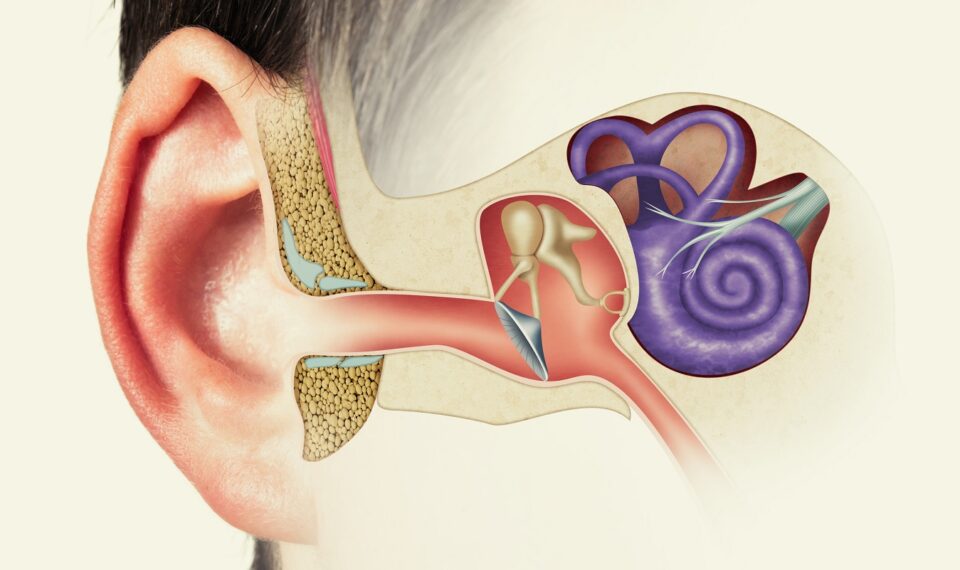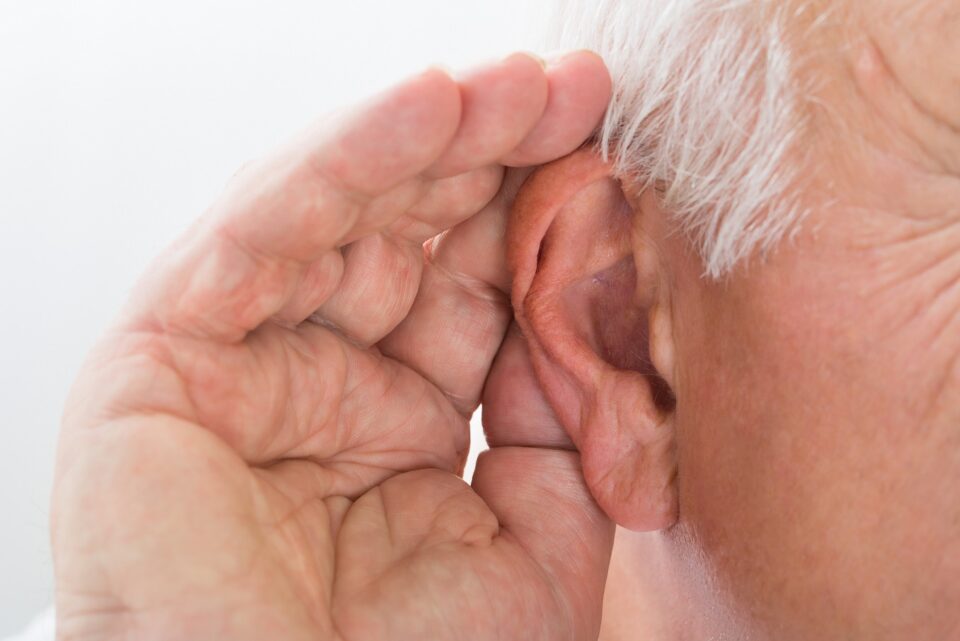We Treat All Types of Hearing Loss
Hearing loss can develop at any age and have a profound impact on your life. It can affect your ability to communicate and compromise your safety while driving, walking, or working. If you are concerned you have suffered hearing loss, the team at Expert ENT Care can administer a hearing test to determine the level of your hearing loss and decide if hearing aids are the appropriate solution. We’ll also help to educate you on the type of hearing loss you have and how you may be able to help slow its progression. Understanding your hearing loss begins with understanding how the ear works and identifying the cause. Our team will provide you with all the information you need. Please reach out to us today to schedule an appointment.

The Parts of the Ear
Your ear is made up of three main parts – the outer ear, the middle ear, and the inner ear. Hearing loss can occur when any part of the ear is not functioning as it should. In order to properly treat your hearing loss, our team will first have to determine which part of your ear is causing the issue. We’ll do this by completing a complete hearing test and evaluation. To better understand the different parts of the ear, we’ve broken down all the specifics below:
- Outer Ear: The outer ear consists of the fleshy part we see on the exterior of our head, known as the pinna. It also includes the ear canal, which leads to the middle ear.
- Middle Ear: The middle ear includes the eardrum, also known as the tympanic membrane. Past the eardrum is three small bones of the middle ear, called ossicles which send vibrations from the eardrum to the inner ear.
- Inner Ear: The inner ear includes the fluid-filled organ used for hearing, called the cochlea, as well as the semicircular canals that help aid in balance. It also includes the nerves that send signals to the brain.
Degree of Hearing Loss
Hearing loss can also be classified by the degree of loss. There is a range of hearing loss that patients may experience. Whether your hearing loss seems very minimal or is significant, our team can help to determine where you fall on the range, and what level of treatment you may need to address the hearing loss. The degree of hearing loss you experience will fall into one of the following categories:
- Mild: Someone with mild hearing loss will likely be able to hear some speech sounds but will have difficulty hearing soft sounds.
- Moderate: A person with moderate hearing loss may hear almost no speech when another individual is speaking at a normal level.
- Severe: Someone with severe hearing loss will be unable to hear any speech when another person is talking at a normal level and will likely only be able to hear some loud sounds.
- Profound: A person with profound hearing loss cannot hear any speech and can only hear very loud sounds.
Other Types of Hearing Loss
Hearing loss can be classified in a variety of different ways based on how, when, and where it occurs for the patient. Our ENT doctor will be able to fully classify your hearing loss after doing a thorough evaluation of your current hearing abilities. Some of the other ways your hearing loss may be described include:
- Unilateral or Bilateral: Hearing loss can occur either in one ear, known as unilateral or in both ears, known as bilateral.
- Pre-Lingual or Post-Lingual: Hearing loss that occurs before learning to speak is known as pre-lingual while hearing loss that occurs after learning to speak is known as post-lingual.
- Symmetrical or Asymmetrical: Hearing loss will either occur the same in both ears, known as symmetrical, or will occur differently in each ear, known as asymmetrical.
- Progressive or Sudden: Hearing loss can be described as progressive, in which it worsens over a period of time, or sudden, in which it happens quickly and without warning.
- Fluctuating or Stable: Hearing loss that gets better or worse over time is known as fluctuating while hearing loss that stays the same is known as stable.
- Congenital or Acquired/Delayed Onset: Congenital hearing loss occurs at birth, while acquired or delayed-onset hearing loss will occur later in life.


